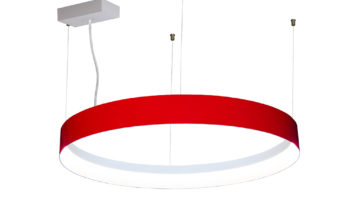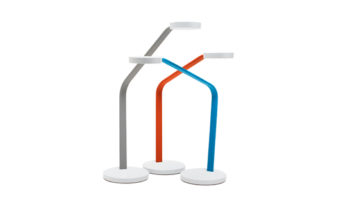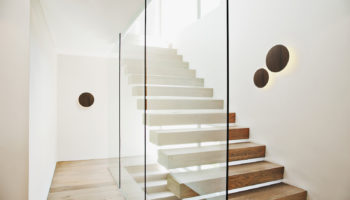At Bklyn Designs: Studio 1000’s Eminence Collection
If you think that vaunted expositions like BKLYN DESIGNS are only for established designers, think again. The expo is a great venue for the well-established, the semi-established, the not-at-all established, and the “it hadn’t even occurred to me that I could become established.”
Since Brooklyn celebrates the intersection of design and art (and, really, all great design is great art-and vice versa, for that matter), it’s a great venue to see how the one can morph into the other: how an artist can get the requisite audience to nudge a creation toward a salable, re-producible product. So here at Brooklyn we have Studio 1000 and Kenzan Tsutakawa-Chinn, an artist/designer currently pursuing graduate studies in Industrial Design at the Pratt Institute. Tsutakawa-Chinn situates his current design interests in ostensibly competitive orbits: “the interaction of public, large-scale organizations and governments and design; and small, precious, highly artistic objects.” He’s also an avowed LEDophile, fixated on using “LEDs in ways previously unseen, offering new alternatives in home and environmental lighting.” Whew! Oh, did I mention he’s partial to Garlic?
Eminence Collection. Designed by Kenzan Tsutakawa-Chinn of Studio 1000.

While the divergent design interests may sometimes reconcile (even small, precious objects can be incorporated in innovative ways by the industrial behemoths alluded to above-I like to hope!), let’s keep them separate for now, and take a quick glance at Studio 1000’s gorgeous and ethereal light sculptures. The four separate pieces in “Eminence” are constructed of cool white and warm white 5 mm LEDs embedded in acrylic casting resin. And they each evoke any number of various life-forms as if transported and preserved. I’m thinking luminescent algae, softly swaying with the hum of a deep sea current in the dimmest shred of light; or bulbous vegetabillic pods, in the scant breeze of a moonless prairie night; or, even better, some species of alien agriculture, grown in perfect isolation of the senses, for the purposes of nourishing an unseen race of phosphorescent hominds. In fact, the sculptures could constitute key features of set design or storyboards for films by Kubrick or Ridley Scott. They have a sentience about them that, however surreal, is incredibly engrossing. They might also function as metaphor for our penchant to catalog and capture, resembling, as they do, life preserved and on display, and thus, the lepidopterist’s studio, the collector’s catalog of wonders. But above all, they bring to fruition their creator’s interest in expanding the use of light in design. Tsutakawa-Chinn’s integration of technology and art helps us to see with fresh eyes.




Leave a Reply